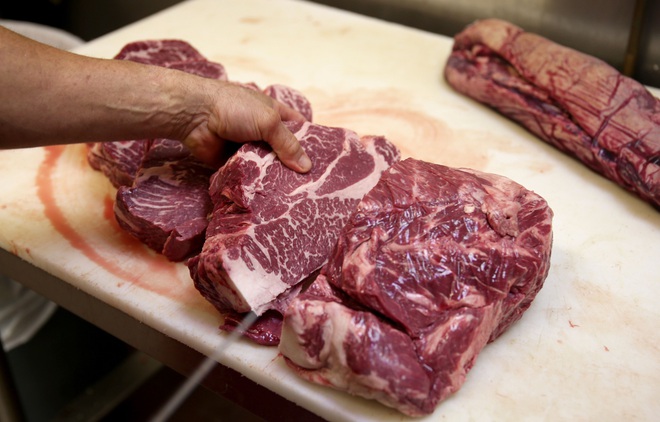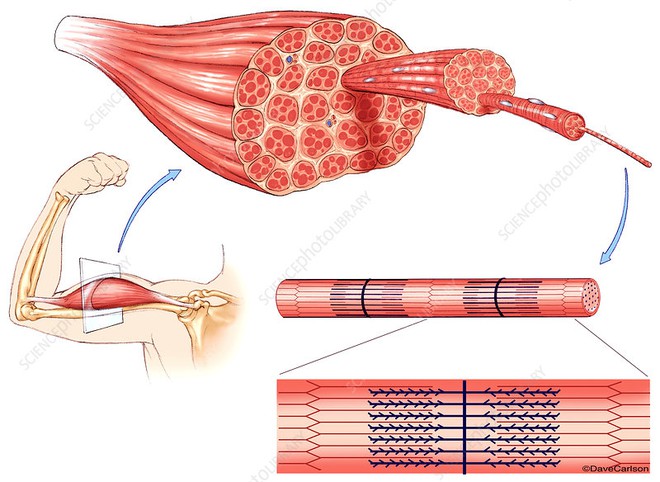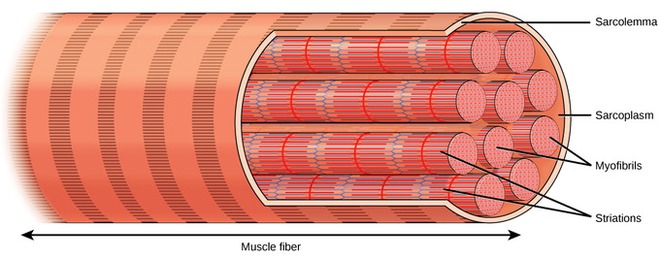If you’ve ever gone to the supermarket to choose meat for steak, you’ll find that both raw and cooked meat can rust out a red juice. I am over 30 years old this year and still think it is the blood left in the fresh meat. There are still many people, who claim to be gourmets, still call a good steak a bloody steak.
However, it seems we are all wrong.
The red juice that oozes from the meat, which is what makes the pale beef in your bowl of pho red, isn’t really blood. It’s just water stained with tiny pieces of muscle that contain myoglobin, a protein found in the meat of animals.


According to the American Meat Science Association, the red juice that comes out of meat is a natural by-product after slaughter. It’s not the remaining blood of the animal but a liquid with a high content of myoglobin that escapes the flesh without any mechanical action other than gravity.
If it were blood, you would have to see this red liquid coagulate, becoming a dark red, solid black, and clumpy. But no, myoglobin water is only pale pink and it is almost always liquid.
So what is myoglobin and where does it come from if not blood vessels?
As you probably know, a piece of meat, like our body, contains 70-75% water. If it’s a lean cut of meat, it still contains about 5% fat, minerals, and carbohydrates. Only 20% of meat is actually protein. So, if you think buying meat is buying protein to eat after the gym, you’ve paid 5 times more to get 4 servings of water.
Because of that, the red juice that comes out of the meat is normal water, not blood. If you look closely enough, you will see the red color of the gravy created by the tiny particles and fibers of the suspension.
In 1992, two British scientists Gerald Offer and Tony Cousins carried out a study to investigate where these suspended fibers came from. They used a microscope with a magnification of 10X to 230X to observe what happens on the surface of a cut of beef, immediately after slaughter.


The muscle bundles from the cut of pork loin go with time and red juice comes out from it.
The results of visual observation show that fresh pieces of meat begin to ooze red juice after about 24-48 hours. Each kilogram of meat will drop about 10 ml (equivalent to about 0.1-1%) of red juice. While if it’s ribs or steak, the amount of red juice that comes out can be 10 times more.
But having to look at the meat under a microscope, Offer and Cousins were able to explain the origin of that phenomenon. They say the muscle bundles in meat are made up of muscle fibers, each of which contains more than 1,000 tiny microfilaments called myofibril.
Each of these myofibril microfilaments is made up of chain-like repeats, each just 2.5 micrometers long, called sarcomeres. Sarcomere has the ability to contract, which is the basic unit of muscle response to help you move.
But to make that reaction, it needs to store oxygen and glucose for energy. Standing at the center of this task is myoglobin, a protein found in the sarcomere that binds oxygen.



Magnify the muscles under the microscope and you will see that they are actually very small bundles of myofibril fibers, each containing short segments of the sarcomere. The composition of the sarcomere contains myoglobin, which gives the meat its red color.
Offer and Cousins observed that after an animal is slaughtered, the supply of oxygen to its muscles stops, causing the myofibril fibers to lose their ability to contract. After about 4-6 hours, they start to shrink.
By about 24-48 hours, the myofibril fibers have contracted so much that they force the juice and sarcomere outward. The sarcomere fibers that carry the myoglobin begin to ooze out and form the red liquid you see.
But why is myoglobin blood red?
In fact, myoglobins are blood red because they have the same iron atoms as hemoglobin found in red blood cells. Iron atoms (Fe2+) bind to oxygen, helping hemoglobin and myoglobin have the ability to transport and store oxygen.
In valence II state, the iron in myoglobin and hemoglobin are both red. But when the meat or blood pudding is fully cooked, you will see them turn brown. That’s because at this point the iron in both molecules has been oxidized and converted to trivalent iron.
Now there will be no more red juice coming out, the gravy will turn brown.
The red juice that comes out of flesh is not blood
As such, both fresh and well-cooked meat can turn red. But if you pay attention, you will see that frozen meat is the type of meat that has the most red juice. This is also quite understandable. When you freeze meat, you are essentially freezing the water molecules in the myofibril bundle.
Water molecules that freeze into ice will expand and form ice crystals with very sharp edges. They puncture the myofibril fibers, just so that when you take the meat out and thaw it, the ice melts revealing holes through which the sarcomere and myoglobin can escape.
To avoid this phenomenon, manufacturers often have to equip special freezers, which cool very quickly to limit the formation of ice crystals. In this way, they were able to reduce the red juice of the meat from 20% to 5%, both avoiding losses and preserving the delicious taste of the meat.
Refer to Iflscience, Businessinsider, Wiley
.
